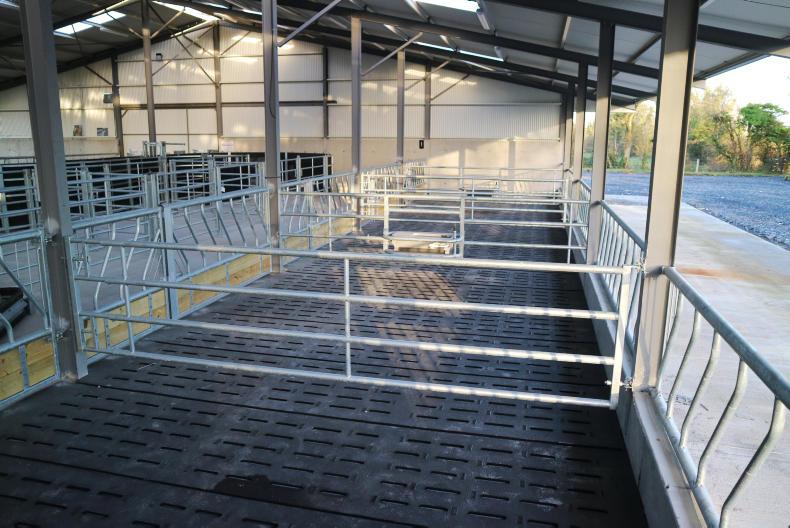A study conducted at AFBI Hillsborough has found that cattle housed on rubber slats had higher daily liveweight gains, and produced heavier carcases than cattle kept on concrete slats.
Results from the seven-month study were presented at the British Society for Animal Science conference in Dublin last week and show that dairy-bred bulls on rubber slats on average grew at 1.55kg/day and produced a 283kg carcase.
This compares with the same type of cattle which were housed on concrete slats that, on average, grew at 1.49kg/day and had a 270kg carcase at the time of slaughter.
This is the first study from AFBI which has found significant benefits in slats covered with rubber. It follows a previous experiment which found that there were no performance benefits for cattle on rubber slats compared with concrete (although the data did point to a possible animal welfare benefit for cattle on rubber).
In the most recent study, 48 dairy-bred bulls were split into four groups at eight months of age and assigned to a floor type, either rubber or concrete slats.
The cattle were gradually transitioned on to a diet, either of ad-lib silage with 6kg concentrates/head/day, or ad-lib concentrates with chopped straw.
Lameness
Every fortnight, the bulls were weighed and assessed for lameness by locomotion scoring.
The study found that floor type had no significant effect on locomotion score.
“It is interesting to note that a high level of concentrate inclusion in the diet did not significantly affect animal performance or locomotion score,” the paper by AFBI researchers reads.






 This is a subscriber-only article
This is a subscriber-only article










SHARING OPTIONS: